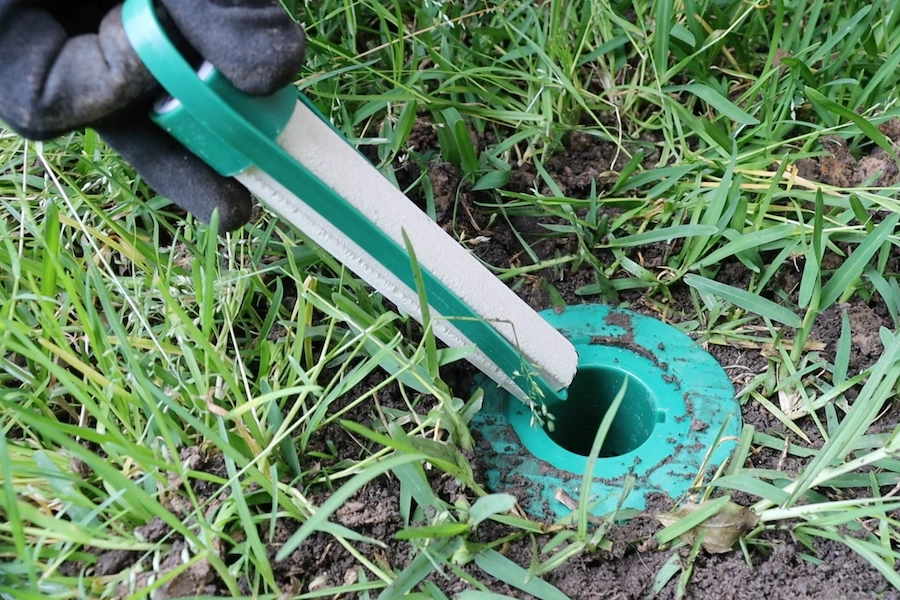With the wet summer we’ve had this year and the chances of more extreme weather events as we move forward, one question we are getting asked more often is, “What happens to my termite treatment if it floods?”
The types of treatment we’re discussing here, are the ones applied to the soil around the property to provide the long term protection from termites. Given that a termite treatment is a significant investment, you want to be assured it is going to last the distance. With different treatment options available, it’s important to understand how they are affected during heavy rains or after a flood, so the correct treatment can be installed for your particular situation.
Understanding Termite Treatments
There are two types of termite treatments applied to the soil around buildings:
- Soil treatments, when insecticide is applied to the soil around (and under) the building
- Termite baiting systems, which consist of bait stations installed in the ground around the perimeter of the building
With soil treatments, the insecticide is mixed into the soil. The treatment is designed to last a number of years. How long it lasts depends on the type of insecticide – how stable it is and how tightly it binds to the soil. Over time, the insecticide breaks down – the speed of breakdown depends on the type of soil, the microbes in the soil and the temperature (the warmer the temperature, the quicker it breaks down). The amount of rainfall also impacts the duration of protection. Although insecticides do bind quite tightly to the soil (and so generally remain in place), rain can wash small amount of the insecticide away. The more rain, the more insecticide is washed away and the shorter the duration of protection.
Termite baiting systems are very different, with bait stations placed in the soil around the perimeter of the building. There are two types of bait systems; traditional baiting systems which consists of bait stations containing wood, to which bait is added once termites are present in the bait station, and the new baiting systems, in which the bait stations always contain termite bait. Such systems are designed to have their bait regularly replenished.
What happens with heavy rains and floods?
After heavy rains, and particularly after flooding, any termite treatments to the soil can be particularly affected:
- The insecticide can be leached (washed away) from the soil
- Soil containing the insecticide can be washed away
- Soil, silt and sand can be deposition on top of treated soil
In addition, floods may impact the structural integrity of the building, creating cracks in the foundations that were not present previously and therefore creating a new potential termite entry points.
Building and landscape repairs after flooding can also compromise a soil treatment.
Termite baiting systems are affected to a lesser degree. Firstly, the bait stations are unlikely to have moved, although they may have got covered by soil and debris. Once dried out the bait inside the bait station may still be attractive to the termites.

What should you do after a flood event?
If you have a soil treatment around your home, call Rebel Pest Professionals for an assessment. Depending on the situation, it may be possible to carry out a spot treatment or partial treatment to deal with any affected areas. But in most circumstances, a full re-treatment will be required once any building and landscaping repair work has been completed.
The good news is that in some circumstances your home insurance may cover the cost of a re-treatment. As long as you have flood cover, as some insurance companies would view a termite treatment as a structural improvement.
For baiting systems, it is a lot quicker and cheaper to fix. We simply have to make sure the bait stations are clean, check the bait and replace any bait that has degraded.
I’m in a flood prone area, what inground termite treatment should I choose?
For the reasons described above, if you’re in a flood prone area and need a termite treatment, the installation of a termite baiting system may be the best option.

